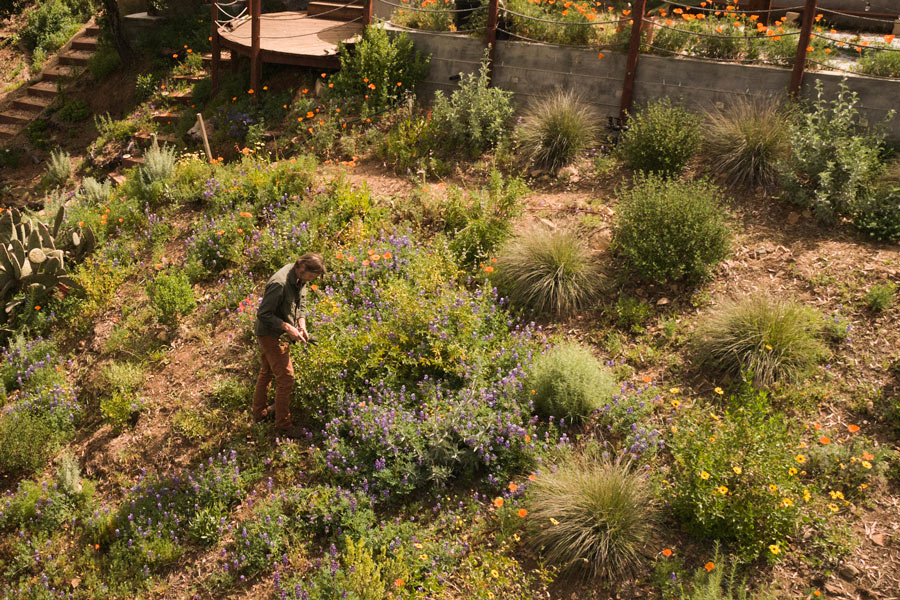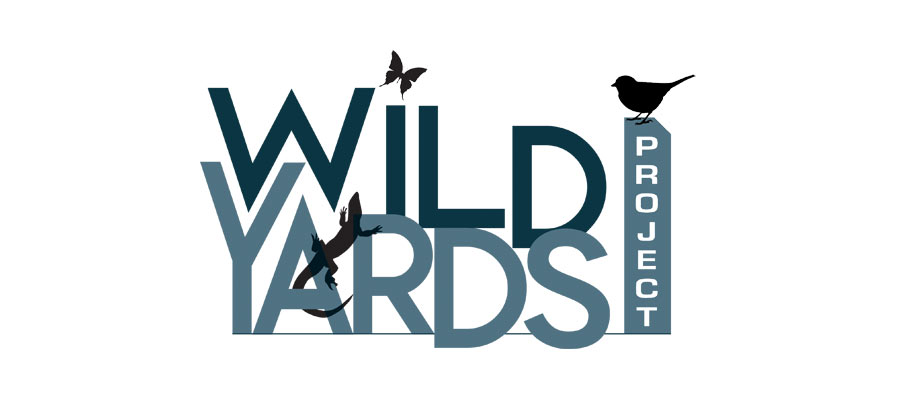All This Nature – Right in Our Own Backyards
We love the Wild Yards Project for its simple approach to attracting pollinators and wildlife by transforming lawns and gardens into places of natural beauty.
Watch this video to see how easy it is to use native plants and sustainable gardening to lure birds, butterflies and bees to your open-air paradise, making your backyard the best place on earth.
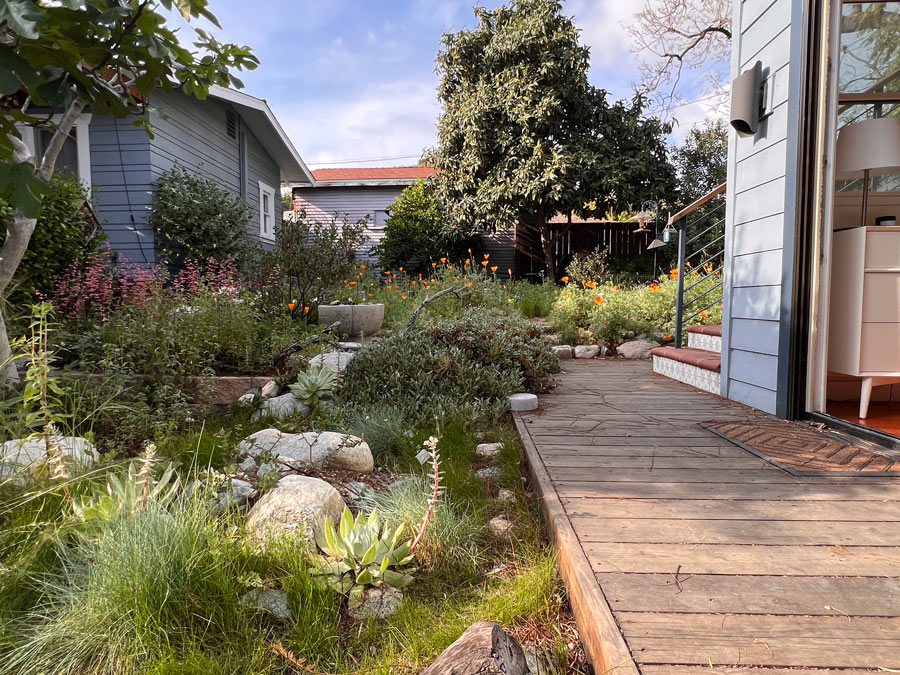
“Creating habitat with native plants is one of the best ways I know to provide people with a powerful sense of place. Nowhere is that more important than our urban areas, where people- especially children- have very little access to precisely that. Creating native habitat provides biodiversity resilience, and a strong sense of place and purpose. In that sense, it is not just about making your space more beautiful, but making it more equitable, and just, as well.”
– David Newsom : Founder of the Wild Yards Project
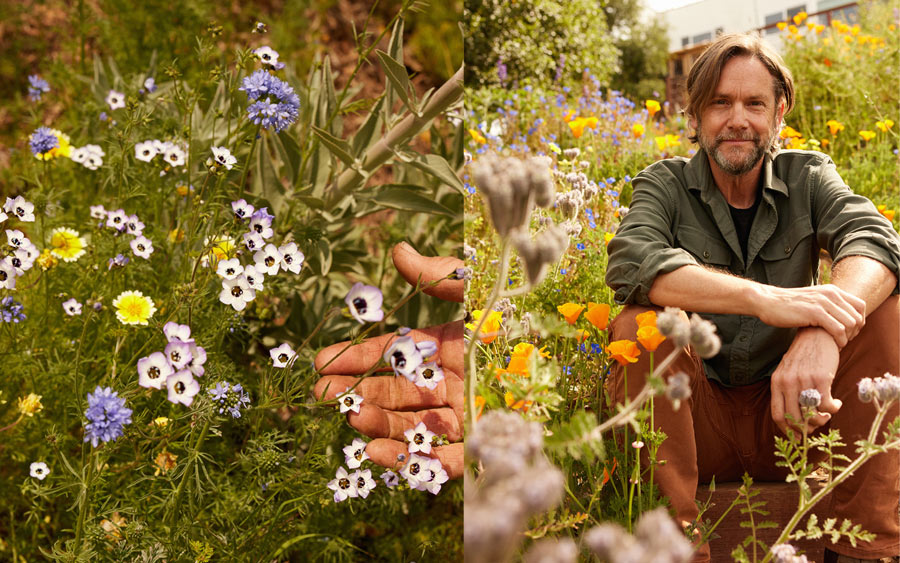
To inspire and help realize the transformation of back yards to native habitat, wherever you live.
The World Wildlife Fund recently announced that the natural world is losing 10,000 species a year, due largely to habitat loss. At the same time, we here in the United States have displaced over 40 million acres of native-habitat with costly, lifeless lawns.
Astonishingly, lawns are the biggest crop in the US, but we don’t eat them, and much of that acreage goes to waste when it could be inviting back in the tens of thousands of essential and threatened species we have pushed out. The Wild Yards Project combines a powerful team of award winning filmmakers with esteemed botanists, biologists and native plant landscapers to generate media and local projects aimed at inspiring and educating people to transform their lawns back into vibrant native plant and animal habitat. One yard can save a species, but many yards can transform the world.
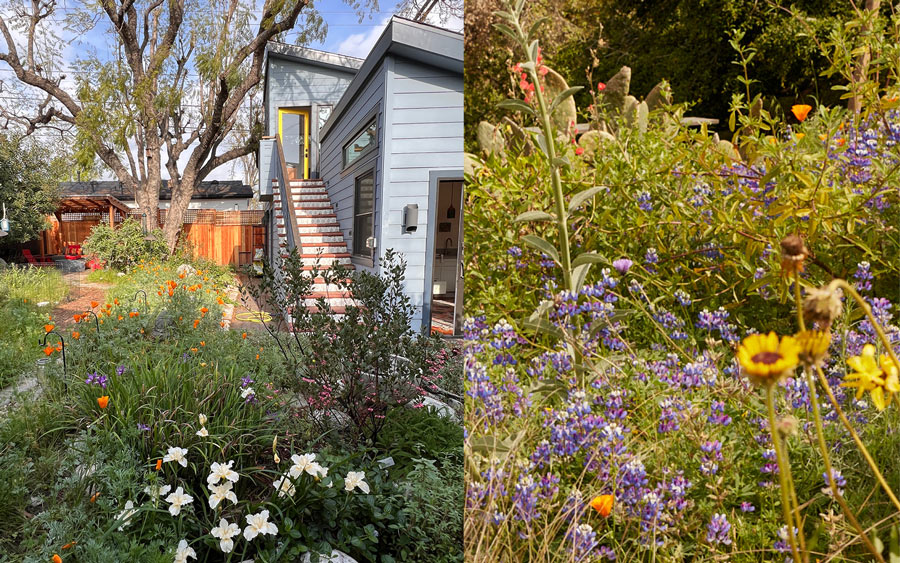
What is a Wild Yard?
A wild yard is a yard, patio or windowsill that provides vital habitat for the creatures we’ve displaced here in urban and suburban America, by providing food, shelter and fresh water.
It creates habitat by employing at least 50% native plants. This helps to both preserve our natural heritage AND preserve nature’s tendency toward co- evolution, the process by which insects learned, over vast periods of time, to host upon specific plants. Insects, in turn, provide both vital protein for a vast number of larger animals, as well help maintain health soil for plants to grow.
A wild yard always has a supply of shallow, fresh, running water for the birds, bees and other critters that visit our native habitat.
It also offers perch for nesting and feeing birds, as well as cover for the thousands of lizards, snakes, insects and other critters your habitat will attract. By planting “low, medium and high”, we make sure that nature has a safe place to dwell, dine and rest
A wild yard builds rich healthy soil, leaves its leaves alone and avoids pesticides, fertilizers and other harmful chemicals.

